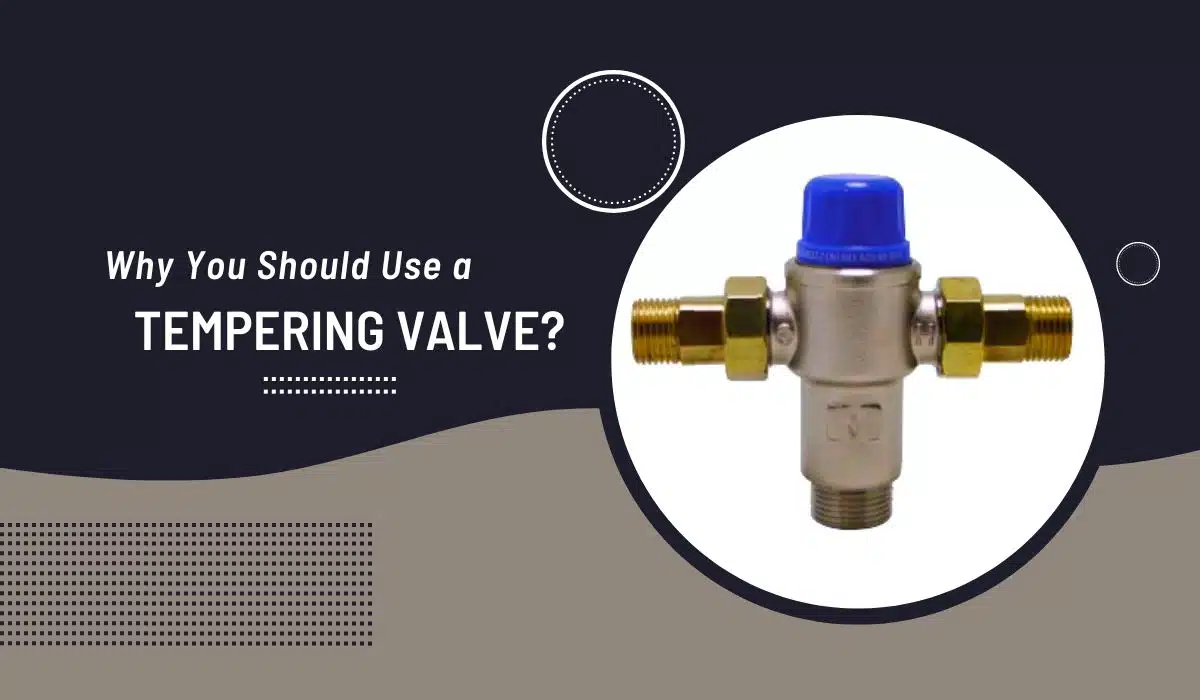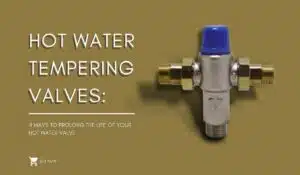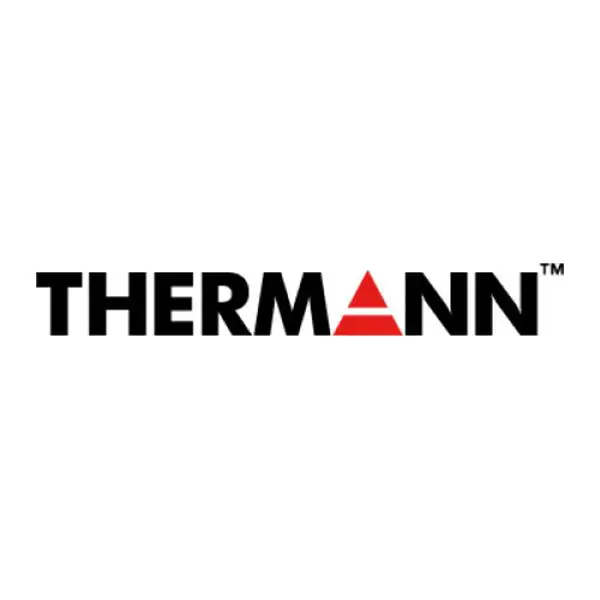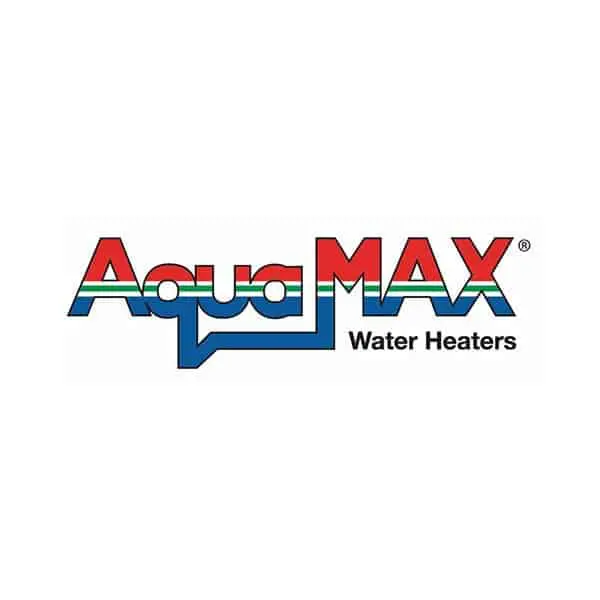Scalds from hot tap water can have lifelong effects and devastating consequences for those who sustain them.
Heat can cause serious damage to the skin in the form of burns and scalds.

A Burn

A Scald
So what is a tempering valve, and why should we use one?
The mixing of hot and cold water is accomplished through the use of a straightforward three-way valve that is controlled by temperature, called a tempering valve.
The majority of hot water tempering valves already come pre-set at 50 degrees Celsius. One of the functions of a tempering valve is to ensure a steady stream of hot water at a consistent temperature from the tap by mixing hot and cold water. 50 degrees is an ideal temperature for the water coming out of our taps, which is not too hot that it will cause burns or scalding.
So why do we need to have a tempering valve set the water temperature to 50 degrees?
Water stored inside our hot water tanks is generally heated up to 60 to 75 degrees. This is to prevent the growth of Legionella and other bacteria that thrive in hot water. It is mandated by The Plumbing Code of Australia that stored hot water must be maintained at a temperature of 60°C+. This includes solar, electric, gas, and heat pump hot water systems with storage tanks.
Now it is essential to know that when water heated to 60 degrees comes in contact with our skin, it can cause serious burns and scald within seconds. Not minutes, but a mere 5 seconds of exposure to water at 60 degrees can result in a severe burn.
This is why it is a legal requirement that all new and replacement hot water systems have bathroom tap water not exceeding 50 degrees. This is stated in The Plumbing Code of Australia, AS/NZS 3500.4:2018.
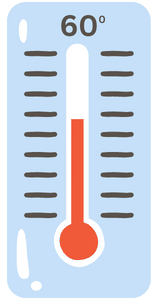
- To avoid the likelihood of legionella bacteria growth, an installation shall store water at a temperature of not less than 60°C
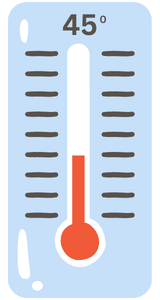
- All new heated water installations shall deliver heated water not exceeding 45°C for the aged, the sick, children or people with disabilities in healthcare, aged care, early childhood, schools and nursing homes. For all other situations, heated water shall be delivered not exceeding 50°C.
So why should we use a tempering valve?
By law, we are required to have one installed on our hot water units to maintain the water temperature inside the house at 50 degrees.
Also, a hot water tempering valve is an essential element for a successful and safe hot water system. Providing a consistent temperature to the faucet, helps users avoid severe thermal burns, prevents water waste and potential water damage, and ensures a comfortable and pleasant hot water experience.
Therefore, tempering valves should be a priority in your hot water system designs to take advantage of their safety, convenience, and cost-saving benefits.

